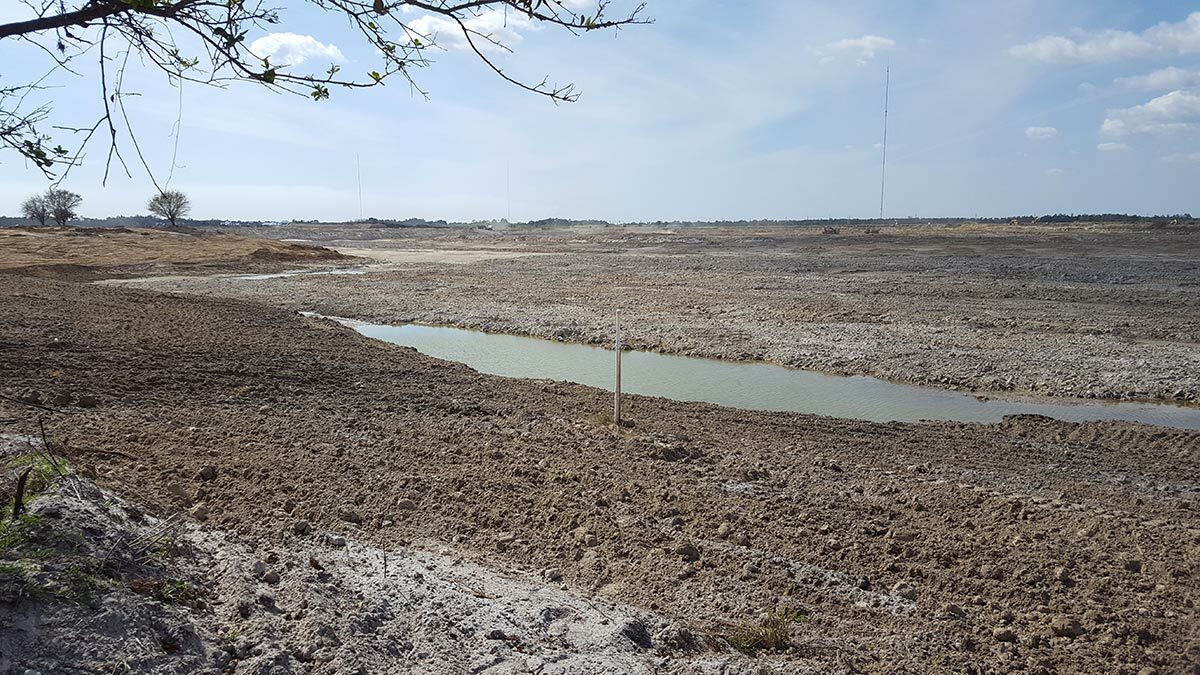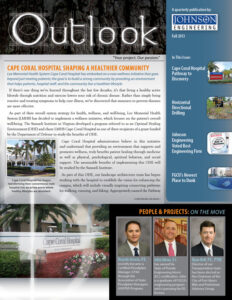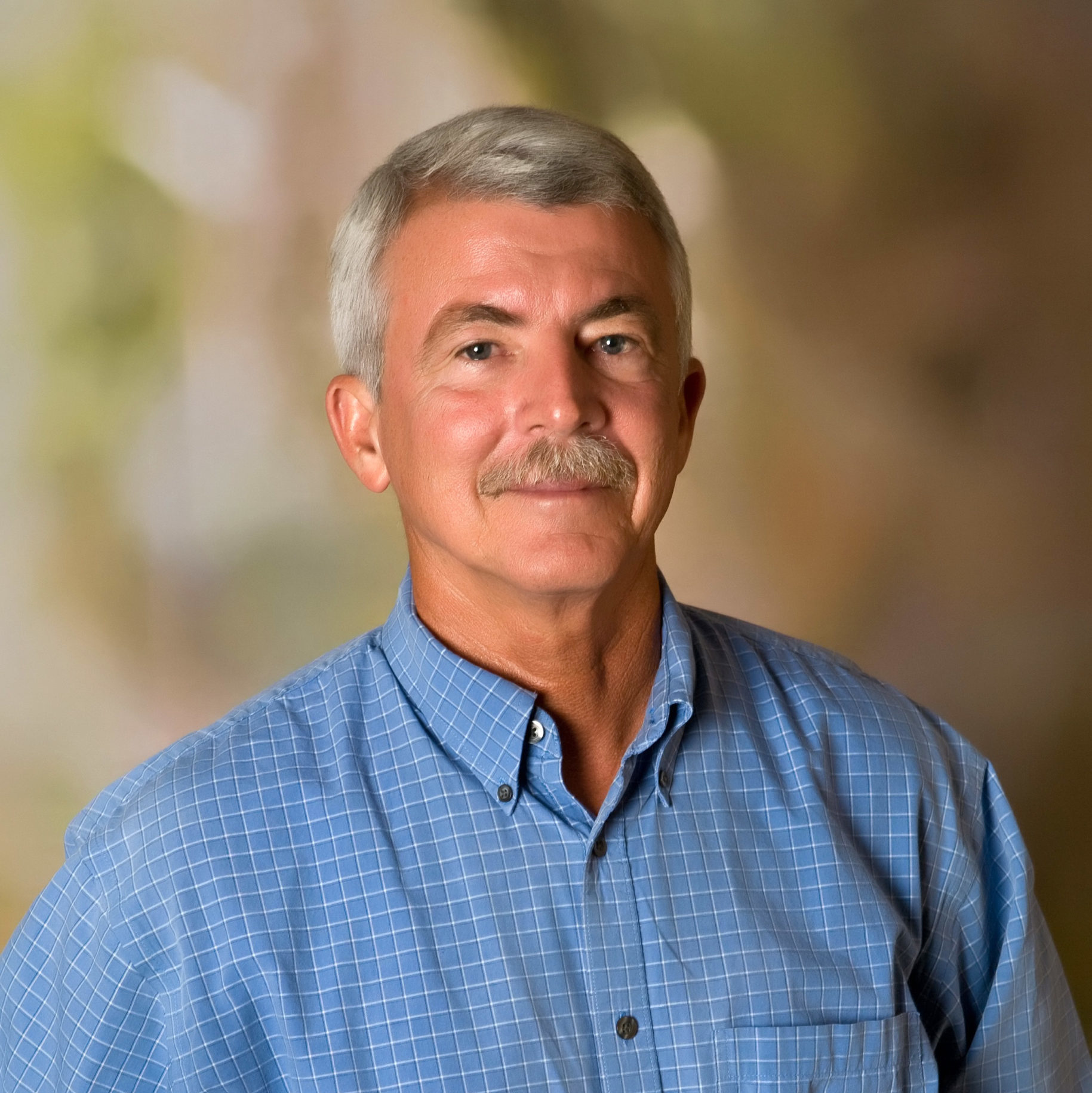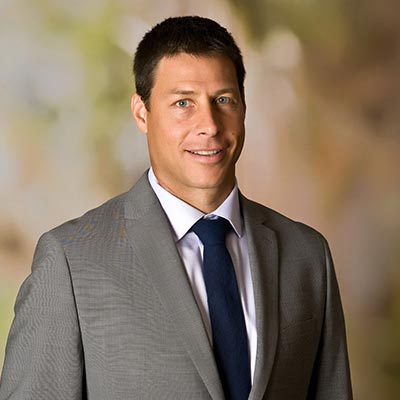As part of their overall system strategy for health, wellness, and well-being, Lee Memorial Health System (LMHS) has decided to implement a wellness initiative, which focuses on the patient’s overall well-being. The Samueli Institute in Virginia developed a program referred to as an Optimal Healing Environment (OHE) and chose LMHS Cape Coral Hospital as one of three recipients of a grant funded by the Department of Defense to study the benefits of OHE.
Cape Coral Hospital administrators believe in this initiative and understand that providing an environment that supports and promotes wellness, truly benefits patient healing through medicine as well as physical, psychological, spiritual behavior, and social support. The measurable benefits of implementing this OHE will be studied by the Samueli Institute.
As part of this OHE, our landscape architecture team has begun working with the hospital to establish the vision for enhancing the campus, which will include visually inspiring connecting pathways for walking, running, and biking. Appropriately named the Pathway to Discovery, these pathways lined with shade trees and picturesque landscaping will wind around the Heart Healthy Pond and throughout the entire campus. An assortment of exercise stations will be constructed along the pathway to encourage various trainings and workouts.
A beautifully landscaped Healing Garden has been designed just outside the Women’s Care and Birthing Suites, providing a space for new and expecting parents to sit or stroll through tranquil gardens.
Another piece of this healthy campus theme includes a Wellness Education Park, which will be clinically integrated next to the fitness center and outpatient rehabilitation for therapy patients. The winding pathways are designed to include varying surface elevations and textures to provide a realistic setting for therapeutic rehabilitation. As a bonus to the community, the park will also be open to the public for their use and enjoyment.
In addition to the tangible modifications outside the building, the interior will showcase the hospital’s initiative as well. Modifications such as painted and redesigned stairwells have helped to promote the Stair Wellness exercise program. Various wellness programs have been implemented in an effort to tackle obesity. The desire to be healthy is not just for the patients, but for the hospital staff as well. Employee fitness challenges have resulted in improvements in their weight, cholesterol, AIC levels, and BMI.
Reaching out to the people of Southwest Florida, the hospital is enhancing traditional programs by training members of the community to teach nutrition, including plate size, portioning, and how to read labels. Being that the hospital is located next to Caloosa Elementary and Middle School, this overall wellness initiative also opens endless possibilities towards working together to educate children.
The institutional hospital image is a thing of the past. Today, overall well-being and healing starts with an inviting atmosphere to promote both mental and physical healing, as well as physical activity.
There are various components to this healthy puzzle that work together to form an overall wellness environment. Small changes lead to large results, and implementing this endeavor needs community support. With your support, we can continue implementing this wellness initiative and lead our community down the Pathway to Discovery of health and wellness.
If you’d like to help support this initiative and help build a healthier community, contact Christin Collins at LMHS Foundation at 239.343.6062 or [email protected].


































































